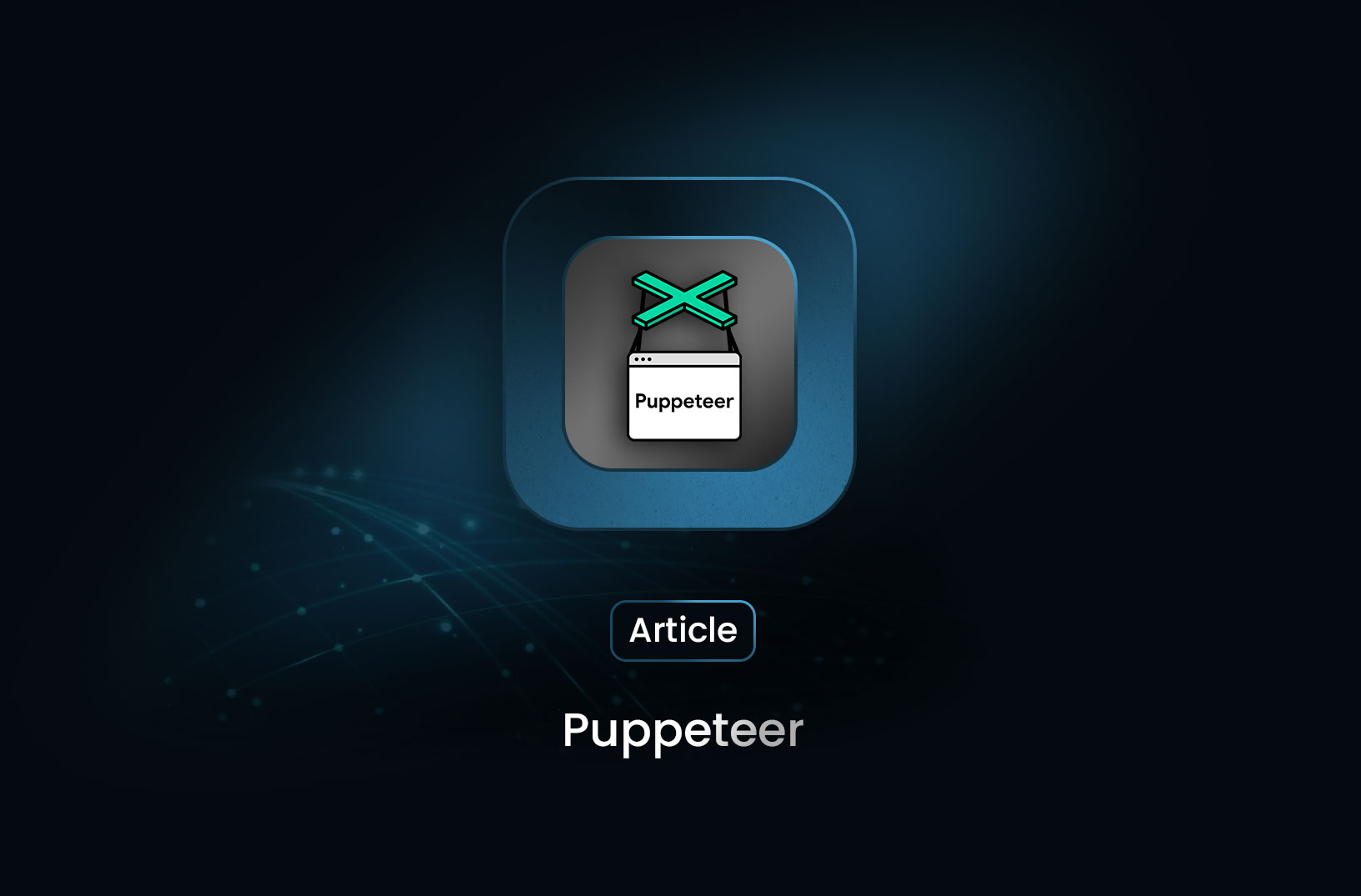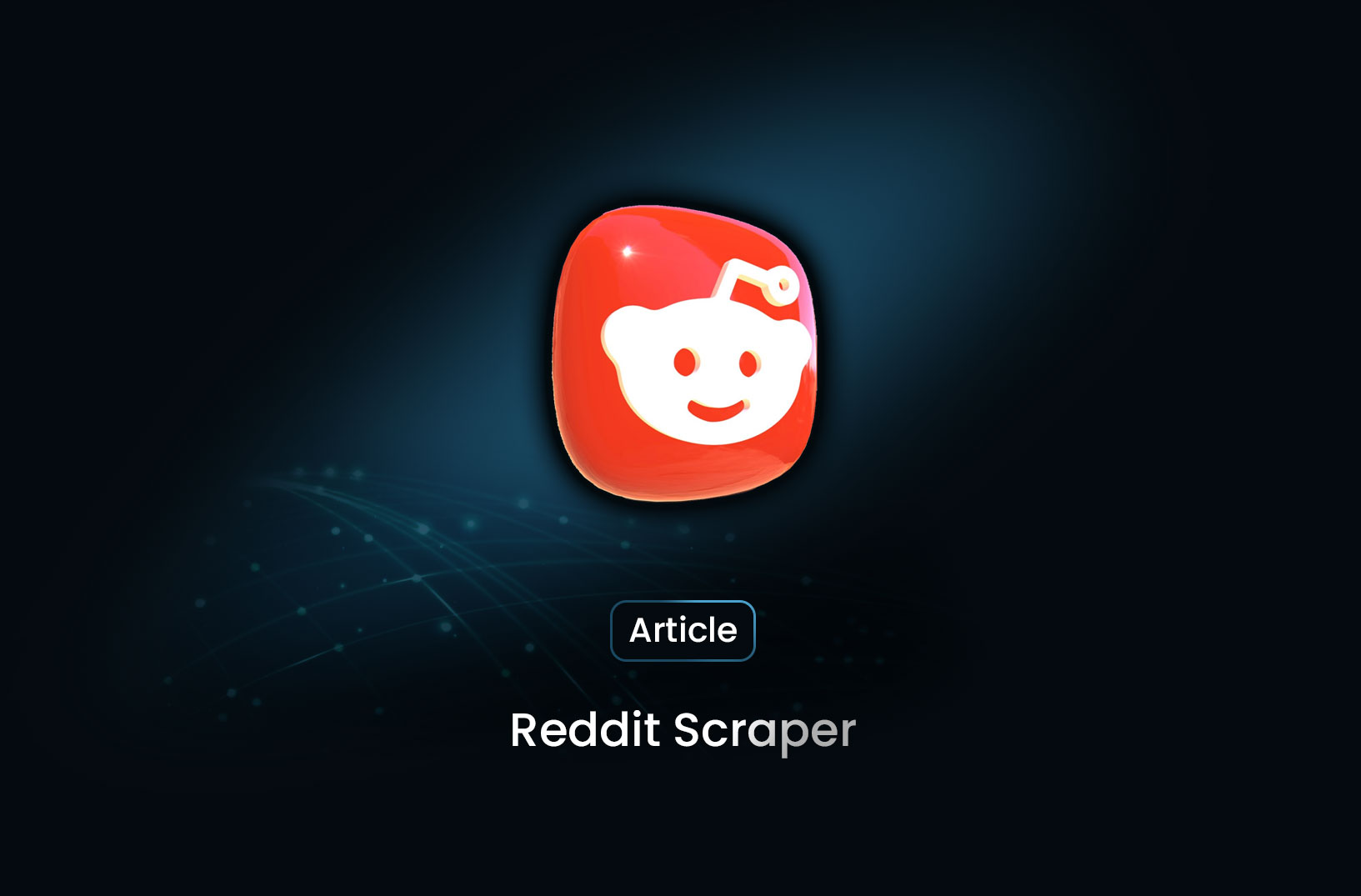How Puppeteer Benefits Your Web Scraping Projects

When it comes to web scraping, having the right tools can make all the difference. One such powerful tool is Puppeteer—a Node.js library that provides a high-level API to control headless Chrome browsers or Chromium. Whether you're scraping data, automating tasks, or testing web pages, Puppeteer makes it easy to interact with websites dynamically.
What is Puppeteer?
Puppeteer allows you to programmatically control a headless browser, meaning it runs without a user interface. This gives you the ability to perform automated tasks, such as extracting content from complex web pages that require JavaScript rendering. With Puppeteer, you can retrieve data, navigate through pages, and even take screenshots or generate PDFs—all with minimal effort.
Why Use Puppeteer for Web Scraping?
-
JavaScript Rendering: Many modern websites rely on JavaScript to load content dynamically. Unlike traditional scraping methods, Puppeteer can interact with these JavaScript-heavy websites and extract the necessary data, even if it’s not immediately visible in the page’s HTML.
-
Browser Automation: Puppeteer lets you automate various browser actions, including clicking buttons, filling out forms, and navigating between pages. This is especially useful when scraping websites that require interaction, such as login pages or pagination.
-
Headless or Full Browser: Puppeteer runs in headless mode by default, meaning it doesn’t display the browser’s user interface. However, you can also run it in full browser mode for debugging and testing. This flexibility makes Puppeteer a great choice for both production and development environments.
-
Easy Integration with Other Tools: Puppeteer integrates seamlessly with other tools and technologies, such as Node.js, making it easy to incorporate into your web scraping projects. Whether you're scraping single pages or automating tasks across multiple websites, Puppeteer can scale with your needs.
Key Features of Puppeteer for Scraping
- Capture Dynamic Content: Puppeteer can wait for JavaScript to load before extracting data, ensuring that you get the most up-to-date and complete information.
- Handle Single Page Applications (SPAs): For SPAs that rely on client-side routing, Puppeteer can interact with these elements just like a real user, making it easier to scrape content.
- Generate Screenshots and PDFs: If you need a visual record of the pages you're scraping, Puppeteer allows you to take screenshots or create PDFs of the page.
- Emulate Devices: With Puppeteer, you can emulate mobile devices or other browsers to test how websites behave across different platforms.
How to Use Puppeteer for Web Scraping
To get started with Puppeteer, you'll need to install Node.js and the Puppeteer library. Here's a simple example of how to scrape a webpage using Puppeteer:
const puppeteer = require('puppeteer');
async function scrapeData() {
const browser = await puppeteer.launch();
const page = await browser.newPage();
await page.goto('https://example.com');
// Extract content from the page
const data = await page.evaluate(() => {
return document.querySelector('h1').innerText;
});
console.log(data); // Output: the content of the h1 element
await browser.close();
}
scrapeData();```
This script launches a headless browser, navigates to a webpage, and extracts the text inside an h1 tag. You can expand this script to scrape more complex content, including links, images, and entire sections of a webpage.
## Best Practices for Using Puppeteer
- Respect Website Terms of Service: Before scraping any website, ensure that you are complying with its terms of service and privacy policies. Some sites may restrict automated access, so always review the site’s robots.txt file or other guidelines.
- Rate Limiting and Throttling: To avoid overwhelming a website’s server, make sure to implement rate limiting and respect crawl delays. Puppeteer makes it easy to control the speed of your scraping tasks.
- Error Handling: Since Puppeteer interacts with live websites, make sure to include proper error handling in your scripts to manage unexpected page loads or network issues.
## Conclusion
Puppeteer is a versatile and powerful tool for web scraping, especially when dealing with dynamic content or requiring browser automation. By leveraging Puppeteer’s features, you can unlock a new level of data extraction and automation, saving you time and effort in the process.
If you're ready to supercharge your web scraping projects, integrating Puppeteer into your toolkit can give you the edge you need. Whether you're scraping data for analytics, monitoring prices, or automating workflows, Puppeteer has the tools to make it happen seamlessly.
Ready to take your scraping to the next level? Check out [MrScraper](https://mrscraper.com/) advanced web scraping solutions to enhance your projects further.
Table of Contents
Take a Taste of Easy Scraping!
Get started now!
Step up your web scraping
Find more insights here

Reddit Scraper: Everything You Need to Know About Extracting Data from Reddit
Reddit scraper is a tool or script designed to collect data from Reddit posts, comments, subreddits, user profiles, and threads—either via official API access or through web scraping techniques.

YouTube Unblocked Google Sites: How to Access YouTube via Google Sites and Other Methods
A Google Sites proxy leverages Google’s infrastructure to bypass access blocks.

How to Unblock Websites: Safe and Effective Methods in 2025
Learn safe, effective ways to unblock websites using VPNs, proxies, DNS changes, and more. A complete guide for bypassing online restrictions in 2025.


@MrScraper_
@MrScraper